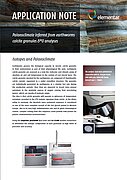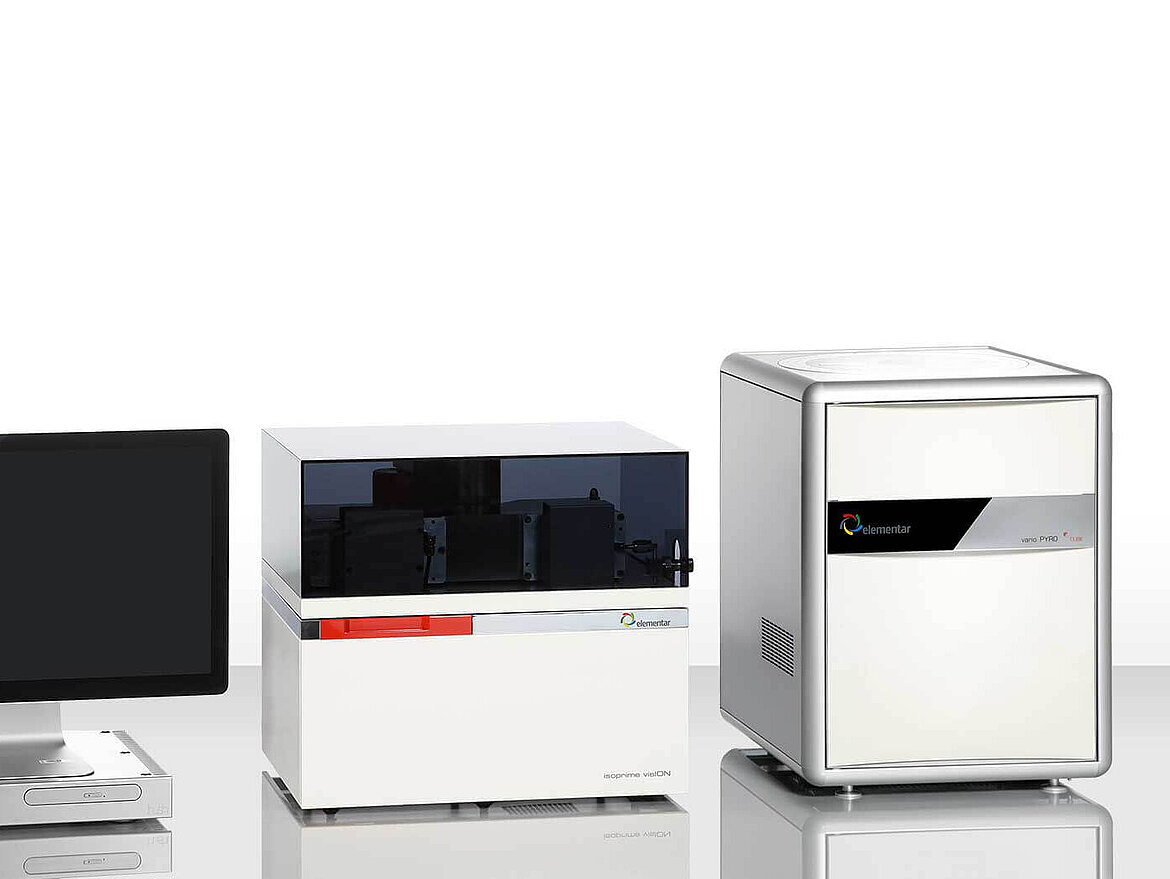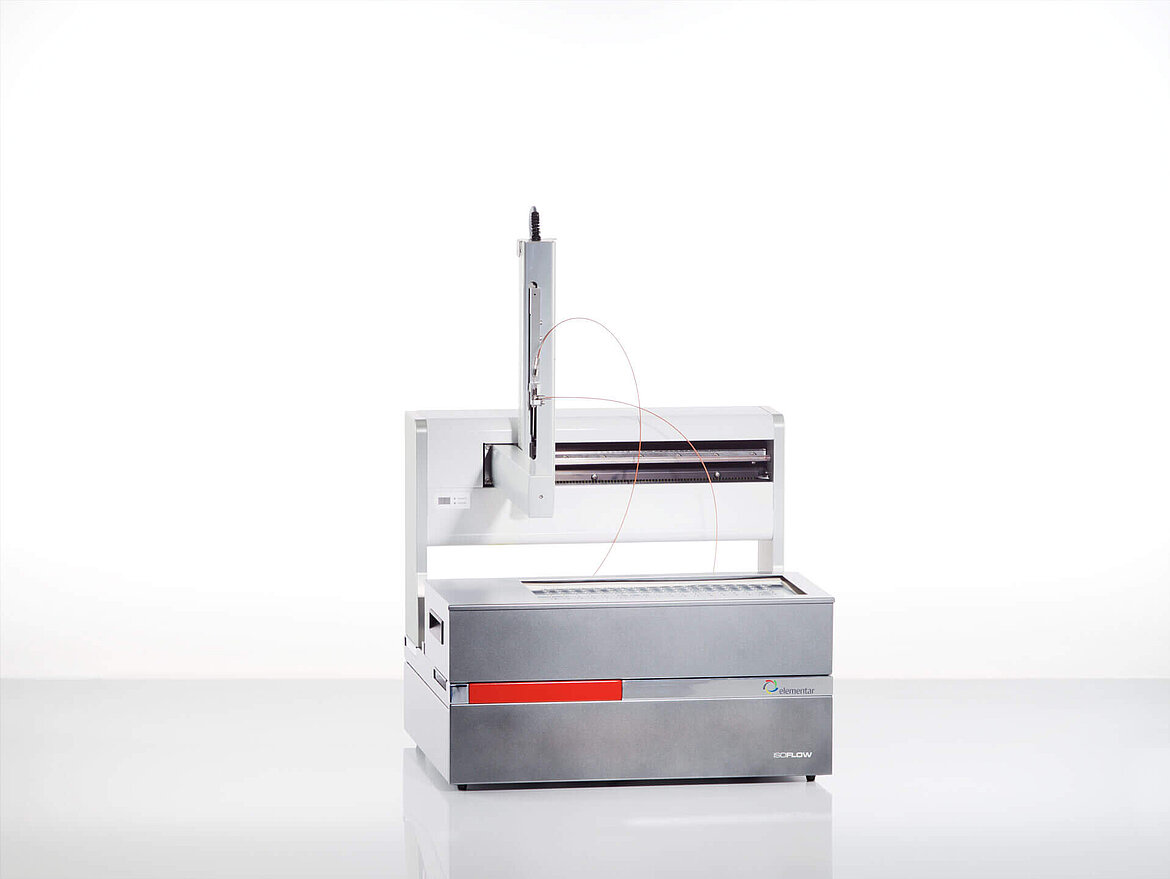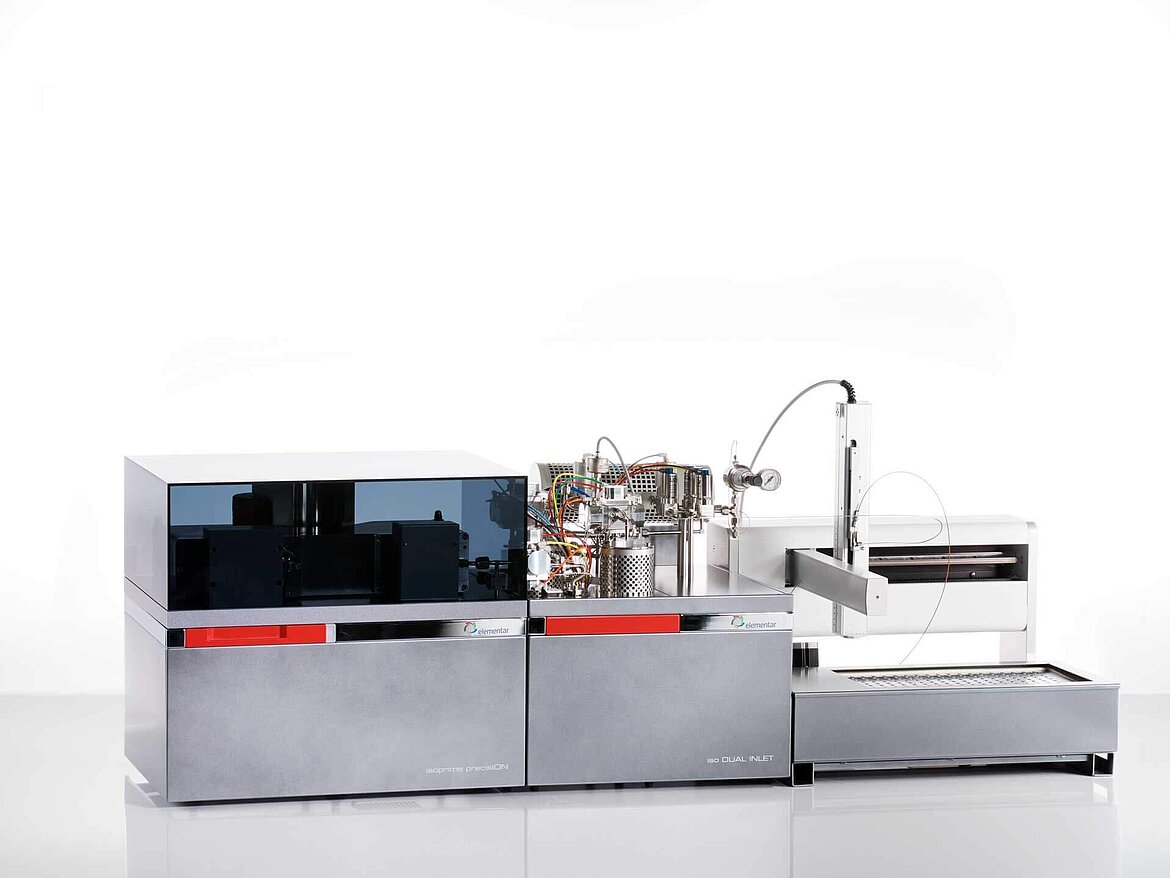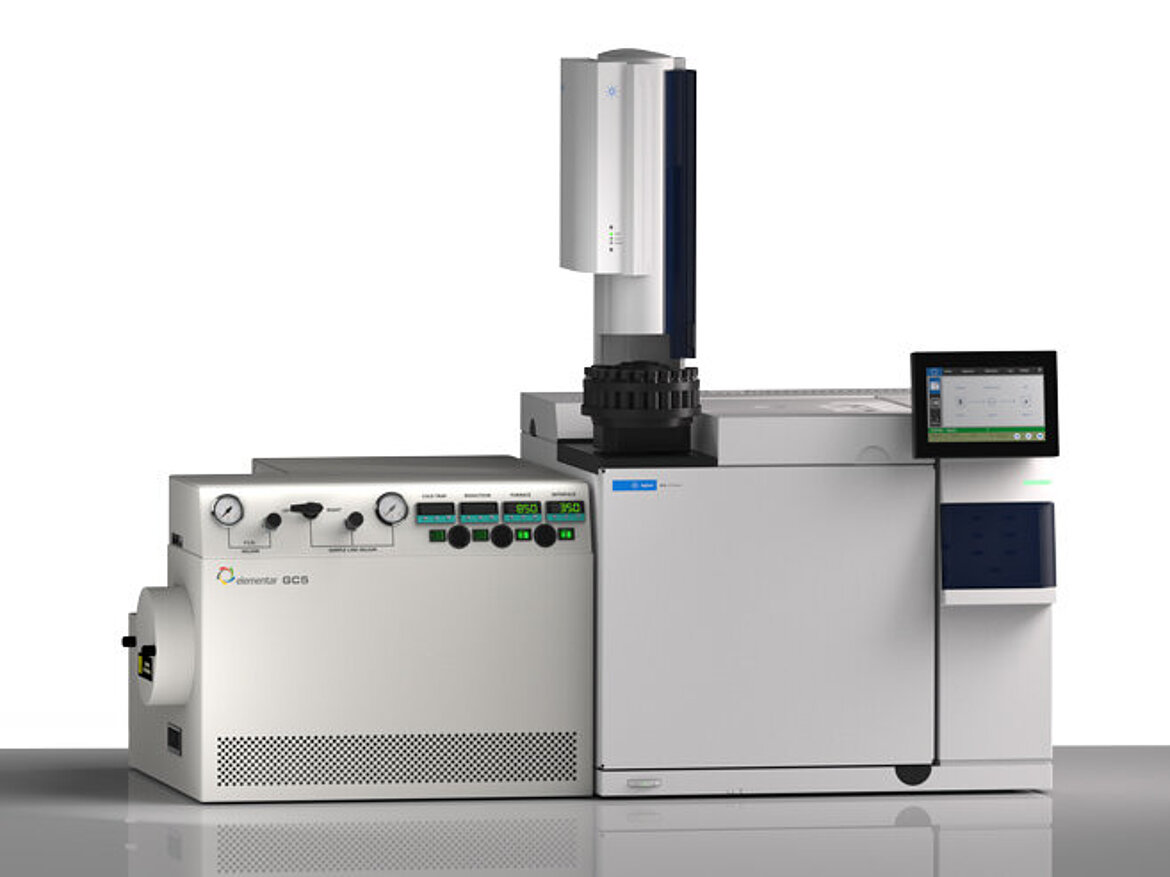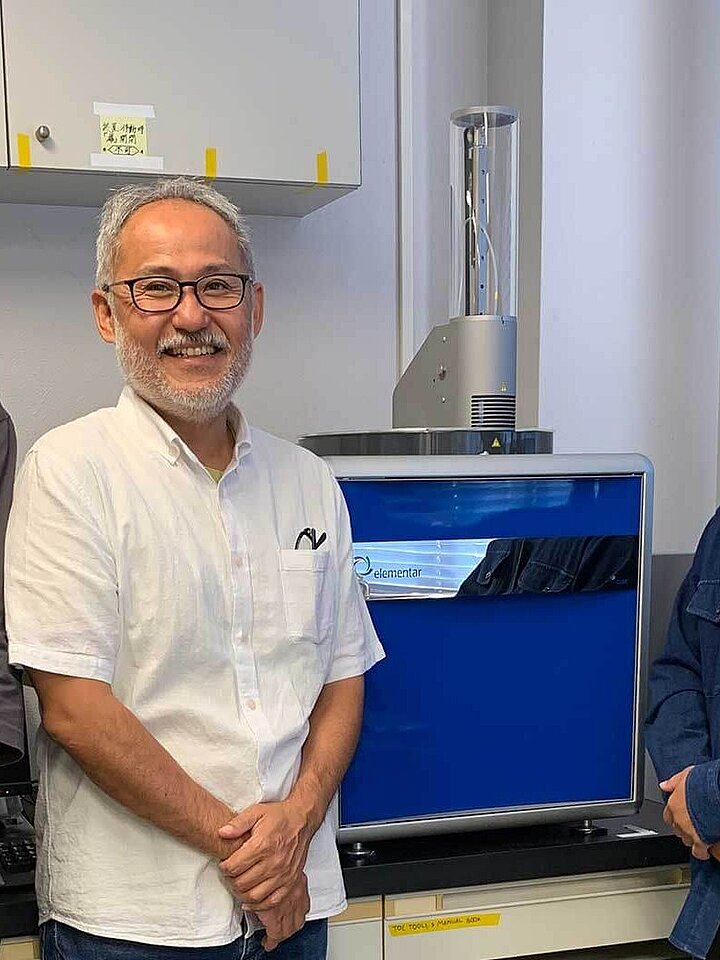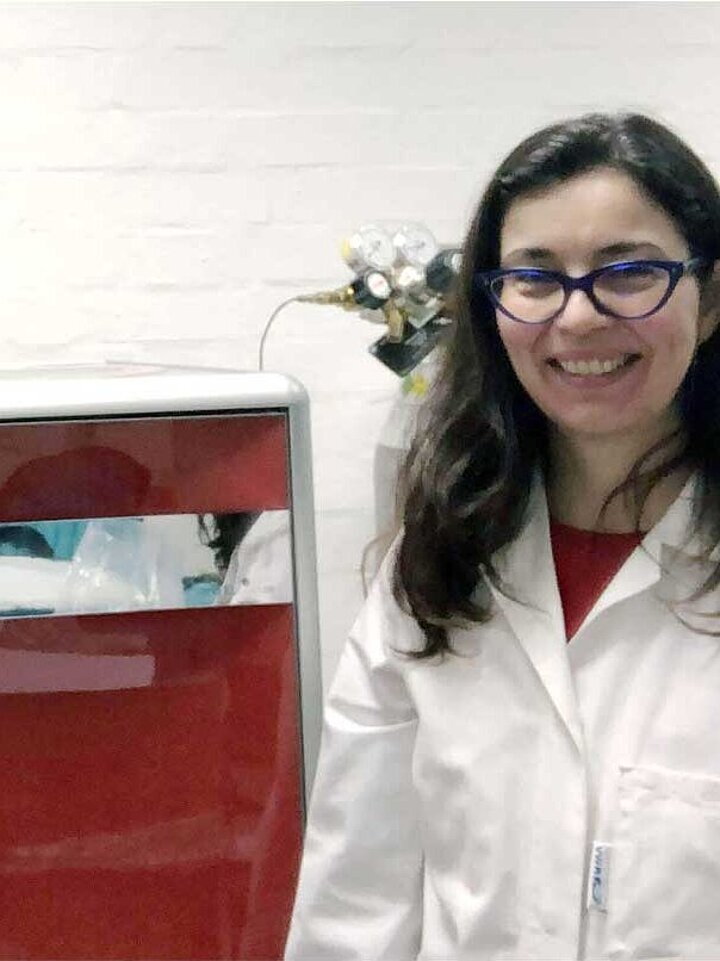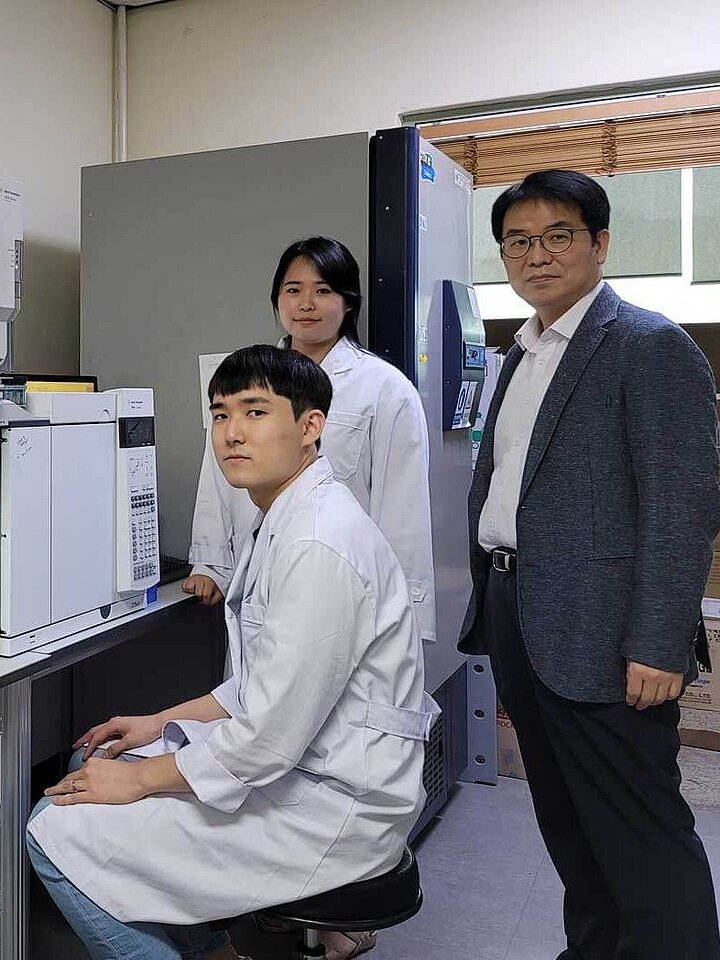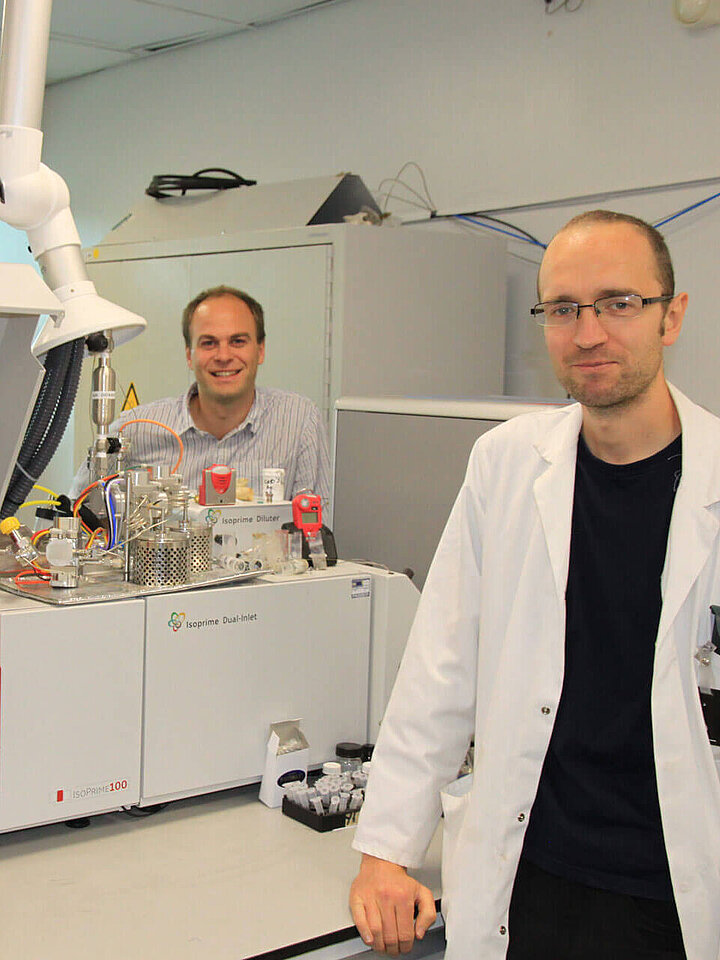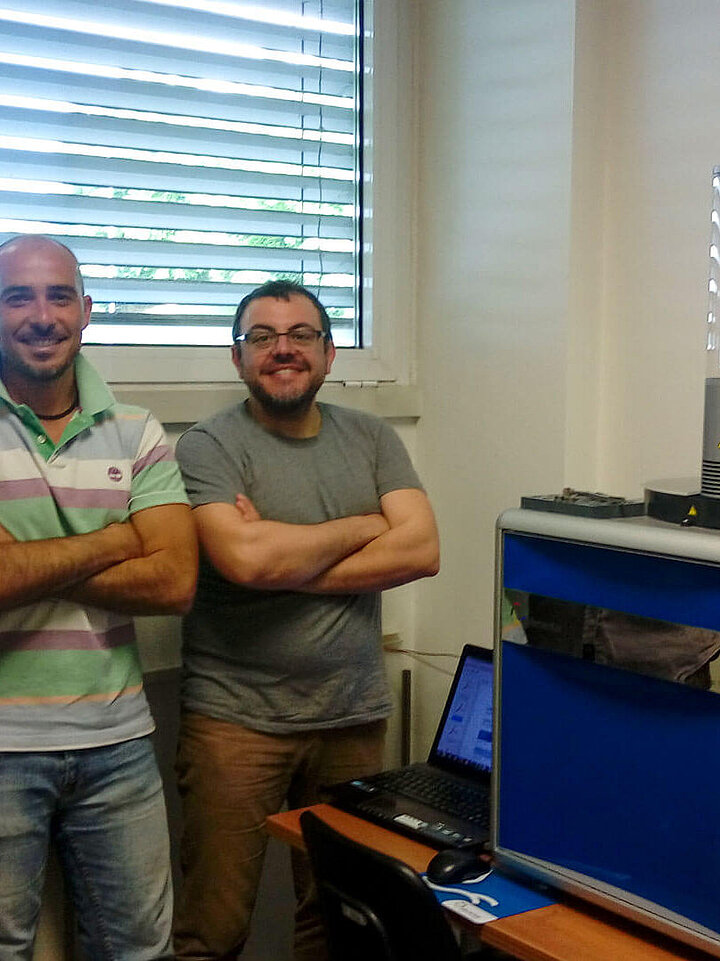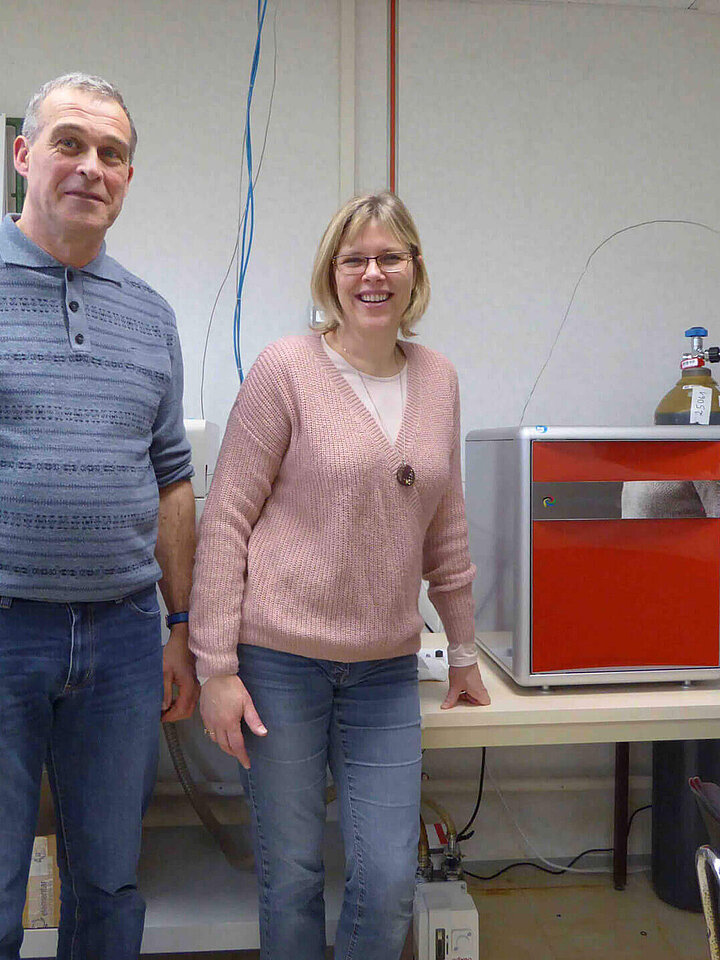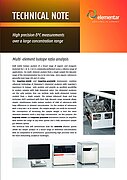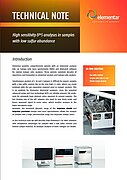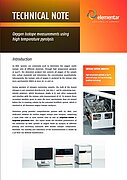Paleoclimate conditions inferred from oxygen isotope analyses of earthworm calcite granules
Earthworms excrete calcite granules into their environment predominantly during the warmest months of the year, as part of their physiological life cycle. These granules - which are composed of rhomboedric calcite crystals, organised in a radial crystalline structure - can provide key proxies for the reconstruction of paleoclimate in loess sequences.
The δ18O isotopic signature of the calcite granules depends on the soil temperature where earthworms lived, and on the isotopic composition of the percolating meteoric water. Stable isotope compositions of oxygen from earthworm calcite granules can therefore provide quantitative estimates of past air and soil temperature.
This application note demonstrates the precision and accuracy of δ18O isotopic analyses on samples from the Nussloch loess-paleosol sequence (Rhine Valley, Germany), using an IRMS system. These analyses have then been successfully used to reconstruct soil and air temperature, based on pre-established equations from the literature and the results are coherent with data from other stations.
These reconstructions of temperature during the formation of the last glacial tundra gleys and paleosols in loess environments are of great significance to help understand the adaptation of both flora and fauna to global climatic changes.
Explore some of the technical features of our instruments
Understand more about the key features in our instruments by reading some of our technical notes
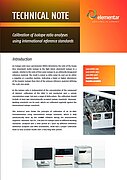
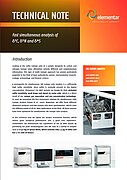
![Paleoclimate reconstructions [Translate to England: Englisch:]](/fileadmin/_processed_/9/8/csm_elementar-applications-environmental-climate-change-dry-soil_d659b5cd23.jpg)
